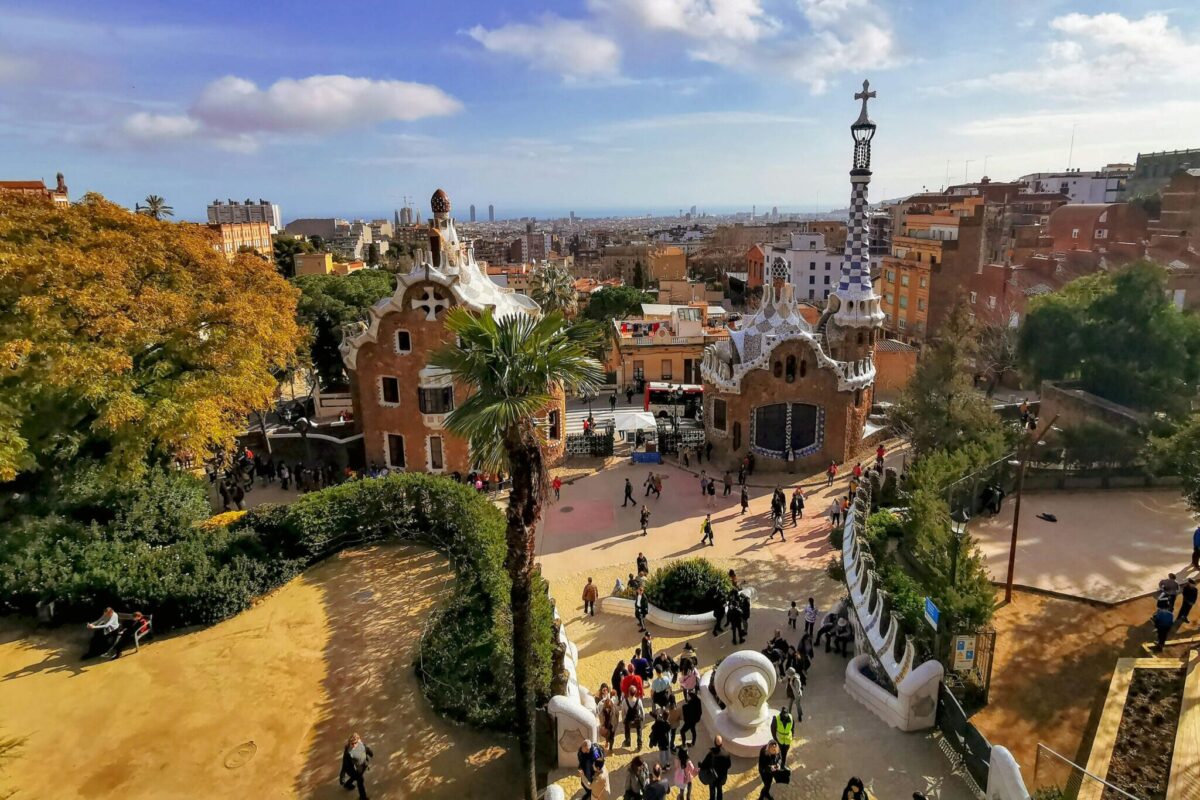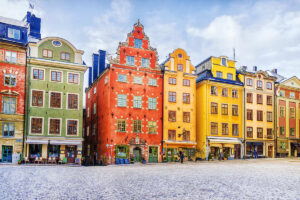New Schengen Visa Rules for Indian Visitors: Key Questions Answered
3 min read
Skift Take
Destinations value Indian travelers, but lengthy visa processing times lasting months act as significant deterrents. The adoption of these new regulations by European authorities reflects a proactive effort to tackle these concerns, aiming to boost tourism flow.
The European Commission has introduced a new visa “cascade” regime for Indian nationals applying for Schengen visas in India. This regime looks to offer longer-term, multi-entry Schengen visas, based on the applicant’s travel history.
Indian travel agents had been complaining of Schengen visa delays as a major challenge to the summer travel rush from India.
- How does one qualify for the longer duration visas?
The European Commission can issue a two-year multiple-entry visa after a traveler “has obtained and lawfully used two visas within the previous three years.” This demonstrates a positive travel history and compliance with previous visa regulations.
Subsequently, after granting the two-year visa, authorities may issue a five-year visa if the passport has has adequate validity remaining.
- What benefits do holders of these extended visas enjoy?
During the validity period of these visas, holders can enjoy travel rights equivalent to visa-free nationals within the Schengen area, allowing for short stays of up to 90 days within a 180-day period.
- Which countries are part of the Schengen area?
The Schengen area comprises 29 European countries, including 25 European Union member states: Belgium, Bulgaria, Croatia, Czech Republic, Denmark, Germany, Estonia, Greece, Spain, France, Italy, Latvia, Lithuania, Luxembourg, Hungary, Malta, Netherlands, Austria, Poland, Portugal, Romania, Slovenia, Slovakia, Finland, and Sweden. Additionally, Iceland, Liechtenstein, Norway, and Switzerland are also part of the Schengen area.
- Are there any restrictions or conditions to these visas?
Schengen visas do not grant the right to work within the Schengen area and are for short stays only. Additionally, the visas are not purpose-bound, providing flexibility for travel within the specified period.
Industry Take
Skift also spoke to players in the Indian outbound travel industry to understand what has changed in the new Schengen visa rules.
- How is this different from the earlier visas that Schengen countries offered? Don’t they already offer multi-entry visas with longer duration to Indians?
Mahendra Vakharia, managing director of Pathfinders Holidays, said there was no standard policy of Schengen states for issuing these long-term visas earlier. Switzerland, France, Netherlands, Italy and Spain usually issued long-term visa, but it was all subjective. “With this new policy it should be a standard rule now,” Vakharia said.
- Travelers mainly complain of longer processing times, has that changed?
Here too, there is no standard processing time as it varies from country to country, according to Vakharia. “France and Spain have been processing visas within four days, and then there’s Croatia, which takes 60 days,” he said.
Processing time will not change as of now, it will take time for the visa rules to be enforced, said an industry source, while highlighting that the visa would be especially useful for corporate travelers.
What Promoted The Move?
Speaking on the possible motivations, Vakharia acknowledged various reasons, including administrative capacity constraints at embassies to cater to the huge inflow of applications.
“As there is an overwhelming demand from Indian travelers, the process of securing visa appointments has posed significant challenges, especially for travelers residing in cities lacking VFS Global centers,” he said.
The European Commission said in an statement that the decision reflects the EU-India Common Agenda on Migration and Mobility, aimed at fostering comprehensive cooperation on migration policy. Facilitating people-to-people contacts is a key aspect of this agenda, acknowledging India’s importance as an EU partner.
The decision also reflects a realization of the strong economic benefits derived through the spending power of Indian tourists. As Vakharia aptly puts it, “Why let go of the Golden Indian Goodie Bag?”
Discover more from Slow Travel News
Subscribe to get the latest posts sent to your email.



